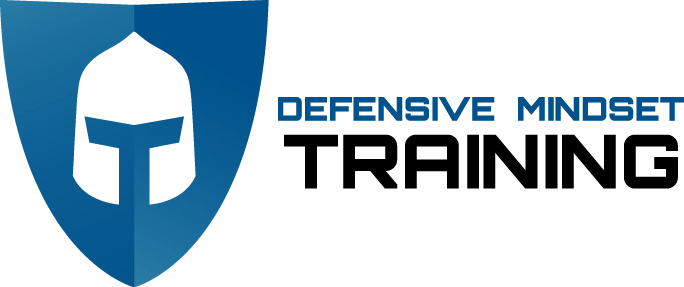The Core Philosophy of DMT - Part 3
Beau Doboszenski, Owner/Lead Instructor
Originally published February 15th, 2017
Okay, I'm starting to think that my newsletters are getting a little technical, so this is the last week of neuroscience. Next week, we'll talk about concealed carry in the summer. We'll look at gear and carry considerations
Last week I laid out how the brain learns, a neurological process called Myelination. You lay down a neural pathway and repeat that neural pathway as perfectly and as often as possible and the brain goes through a process of protecting that neural pathway from interference from the rest of the brain with a sheath of myelin.
BUT, simply laying down this pathway is only half of the neuroscience of defensive training.
There are lots of defensive systems that lay down a good neural pathway, but there are very few that do a good job at building the second half of the neural pathway, the automatic response of the brain, through that neural pathway from stimulus.
That "stimulus response" is called a Stimulus Bridge. This "bridge" is the ability of the brain to jump from sensory information input to immediate motor output.
We all have these Stimulus Bridges. Ever touch something hot? What happened? Of course, your hand comes off of the hot object immediately. Did you have to think about it? No. Sensory input - hot, pain - motor output - pull away.
What's neat about our brains is that we don't just have to have bridges that are "hardwired" like touching a hot stove, but we can pick and choose and lay down the Stimulus Bridges we want. One of the bridges, we as defenders want, is an immediate positive defensive action to a lethal threat. We develop this through scenarios, stress ladders, and stimulus based defense practice, like when I stand in front in class and draw SIRTs at you.
Those experiences of a simulated threat engaging you with lethal force are just a few examples of the ways that DMT is building the other half of your neural pathways for defense.
So after a lot of reading, let me sum up DMT's core training philosophies. We try to live the "no ego" life. That means we're always trying to better ourselves, that we can learn from anyone, and try to start from the position that there must be a better way to teach or perform this defensive technique. We seek out the "why" to everything. We don't slide in to dogmatism, but instead DMT looks to live in the best information and training possible. And finally, DMT teaches based upon neuroscience, how adults learn, and how the human brain and body respond to stimulus, that way, we produce a complete system of defense, from identifying threats to defeating them.

